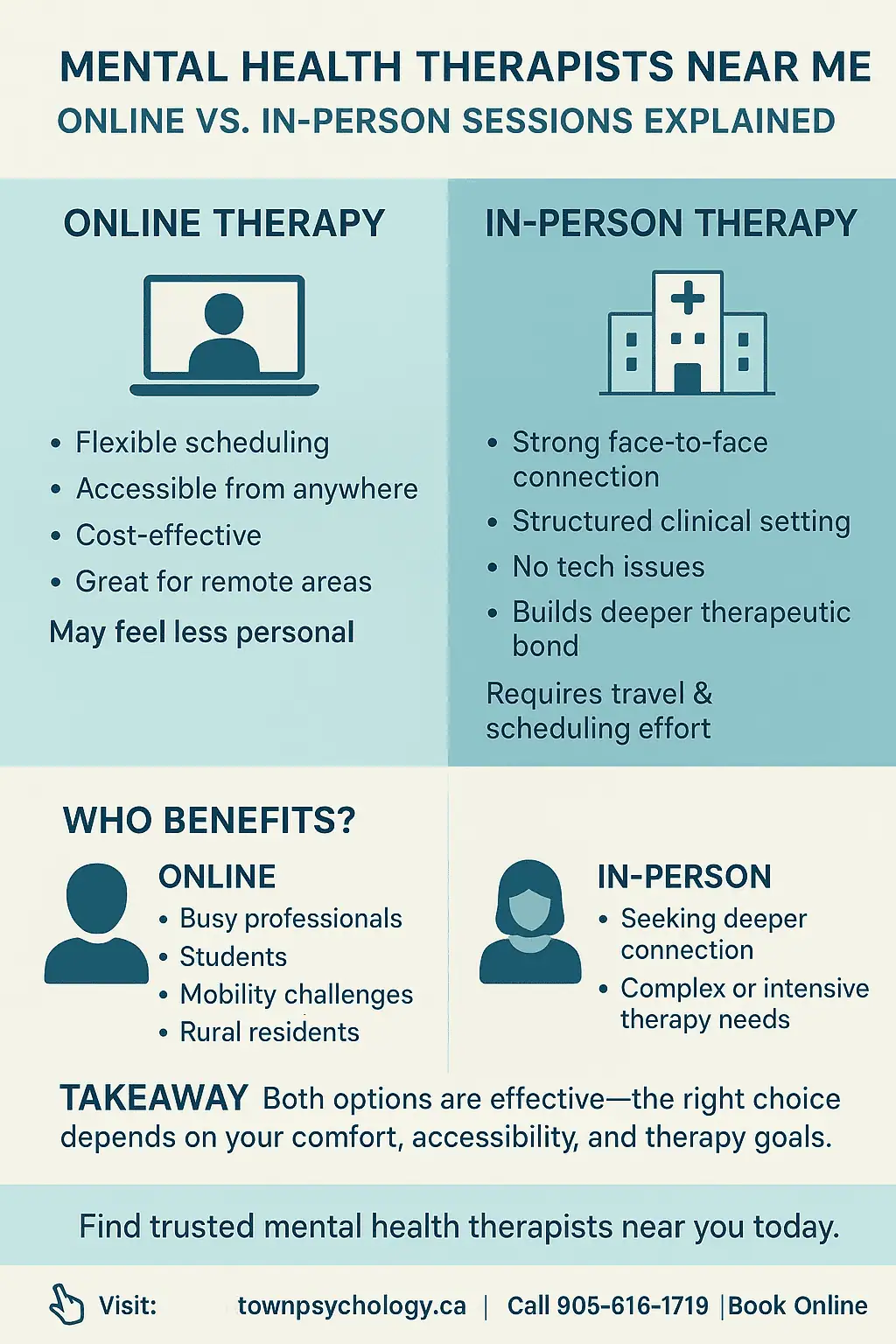Wondering if you should book a session with your therapist, but it feels too much to actually go? Happens to many. The compulsion of commuting, having to do small talk with at least 3 people, and not knowing how the session will turn out drains the energy of many. These emotions delay your journey of healing. Here, online therapy can help significantly.
Online therapy seems less daunting compared to in-person therapy. However, most people feel that such intricate communication is better taken place in person and on-site.
The Growth of Online Therapy
Wondering if you should book a session with your therapist, but it feels too much to actually go? Happens to many. The compulsion of commuting, having to do small talk with at least 3 people, and not knowing how the session will turn out drains the energy of many. These emotions delay your journey of healing. Here, online therapy can help significantly.
Online therapy seems less daunting compared to in-person therapy. However, most people feel that such intricate communication is better taken place in person and on-site.
Strengths of Online Therapy
- Convenience first: No commute, no parking. Sessions can happen from your living room, office, or even while away, as long as privacy is possible.
- Greater reach: For those in rural or underserved areas, it opens access to professionals who might otherwise remain unavailable.
- Comfort of home: Many feel more at ease sharing openly when surrounded by familiar surroundings.
- Fits into busy lives: Sessions can be scheduled during breaks or evenings, helping people keep up with therapy consistently.
Challenges of Online Therapy
- Tech troubles: Weak connections or device glitches can disrupt the flow.
- Home distractions: Background noise, kids, or roommates can make focus harder.
- Screen overload: For people already glued to computers, more screen time can feel draining.
- Limited cues: Facial expressions and subtle gestures aren’t always as easy to catch through a camera.
Why In-Person Therapy Still Matters
One can feel and express with more intensity and actual intensity in face-to-face therapy. Also, the compassion and warmth that you expect, usually, from the therapist can be felt clearly, too. Your sessions won’t have to depend upon internet connection quality or device battery.
Also, you can take a taste of the ambience at the therapy center. However, for in-person therapy, you will have to look for a ‘therapist near me’ and continue with the one that fits your needs and heals you just right.
Also, if the therapist modalities require your presence, that is when one should consider ditching the ‘only online’ mode.
Strengths of In-Person Therapy
- Deeper human bond: Sharing the same space can foster stronger trust and connection.
- Fewer interruptions: Offices are designed for privacy and focus, cutting down on outside interference.
- Fuller communication: Body language, tone, and small shifts in energy are more visible.
- Accountability: Traveling to a session can help establish routine and reinforce commitment.
Challenges of In-Person Therapy
- Less flexibility: Work, childcare, or traffic can make attendance difficult.
- Limited availability: Depending on where you live, therapist options may be few.
- Harder to adjust: Cancelling or rescheduling often takes more effort.
- Access barriers: Mobility issues, health problems, or lack of transport can complicate in-person visits.
Conclusion:
In a nutshell, both therapy methods are useful; however, different things work for different people. If you find taking therapy a bit overwhelming, online therapy will feel like a relief. If you want to eliminate the commute factor, then Online therapy will also be helpful to you.
In-person therapy is kind of a by-default. If your schedule allows, and your mental health also demands more direct ways, in-person is the way to go; you just have to find ‘mental health therapists near me’. You will feel grateful that you carved out some time and effort for yourself.


